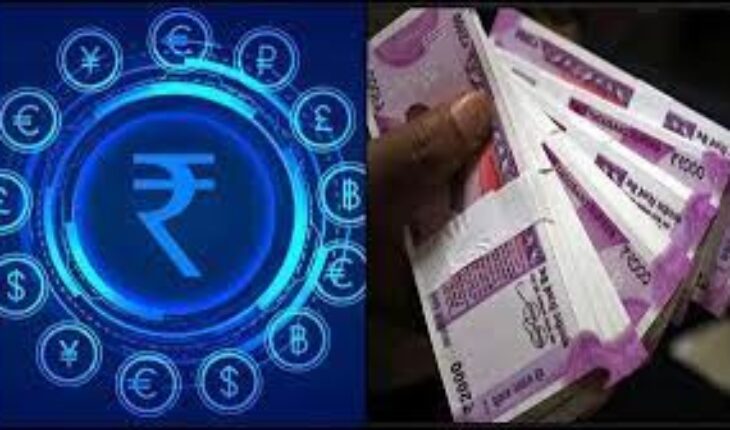The Reserve Bank of India’s recent decision to withdraw the Rs 2,000 denomination notes from circulation, in compliance with its “Clean Note Policy”, bears a disconcerting echo of the tumultuous demonetisation phase. The notes, introduced in November 2016 as a swift remedy to replenish currency following the withdrawal of the Rs 500 and Rs 1,000 notes, will remain legal tender, much like the similar step taken in 2013-2014. The central bank’s move, while rooted in a legitimate purpose, is likely to place strain on an already stressed banking system. The public, accustomed to seamless banking operations, is poised to face some disruption. This may evoke unwelcome memories of the enormous crowds that once surged into bank branches, seeking to exchange old notes for new. Members of the public have been urged to deposit their Rs 2,000 notes into their bank accounts or exchange them for other denominations. The Reserve Bank has established a cap of Rs 20,000 for the exchange of the high denomination notes in a bid to streamline operations and avoid major disruptions in regular bank activities. This service will be available at all banks and 19 regional offices of the RBI starting May 23, 2023. The Bank’s commitment to providing adequate time for this transition is laudable. Directing banks to offer deposit and exchange services for the Rs 2,000 notes until September 30, 2023, safeguards the interests of the public, ensuring a smoother transition period. However, the impact of this decision on the economy should not be overlooked. The RBI cites the reason behind the move as a decline in the circulation and transactional use of the Rs 2,000 notes, which, once essential to an immediate crisis, have seen their role in the economy diminish with time. Will the latest move streamline the nation’s currency system and further its journey towards a digital economy is yet to be seen.
Will Rs 2,000 note withdrawal be good for digital economy?
|
May 20, 2023 |





